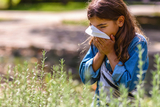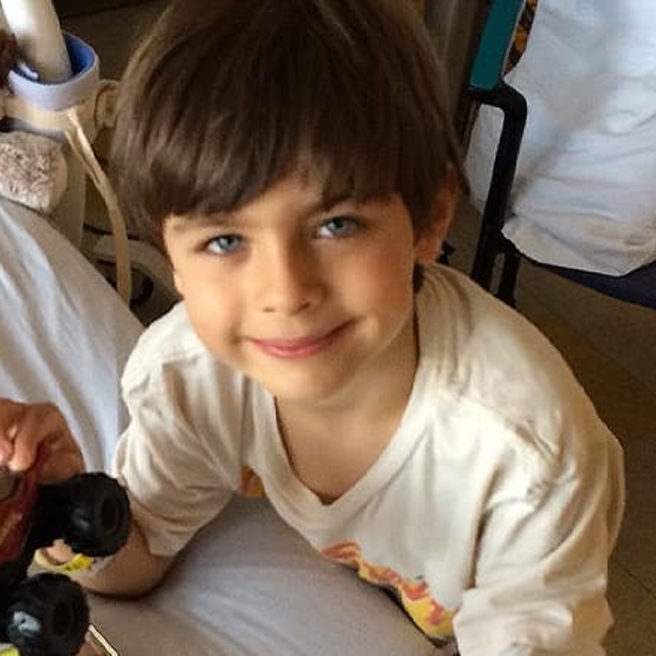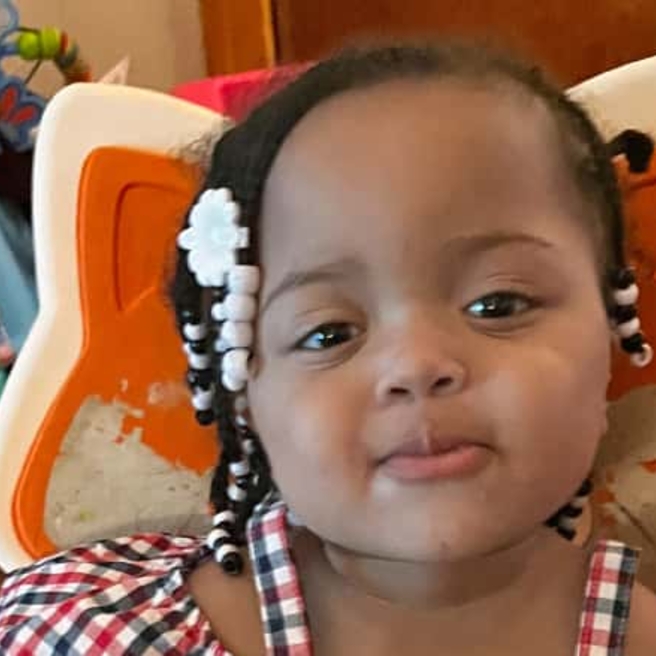Rare Lung Diseases Center

If your child has one of the 200 or so rare lung diseases, you may feel alone and hopeless. Few pediatric pulmonologists have the experience to diagnose and treat these rare conditions, since each individual disease affects only a few children. Because the Rare Lung Diseases Center at Children's Hospital of Philadelphia (CHOP) sees a large volume of kids with these conditions, our team has the expertise to help your child lead a fuller and longer life.
Our Rare Lung Diseases Center brings together everything your child needs in one program. Here you'll find world-renowned pulmonary specialists who excel in diagnosing and treating these rare conditions. We focus on providing a detailed diagnosis and personalized treatment plans.
How we serve you
When you're seeking answers to your child's rare lung problems, or their current treatments aren't working, we're here to help. At CHOP, your child has access to cutting-edge testing and teams with experience with the rarest diseases.

Why choose us for rare lung diseases
Because of the large number of patients seen each year, we have more experience treating children with rare lung diseases than hospitals that see fewer patients.

Meet your team
Children with rare lung diseases benefit from our world-leading experts for diagnosis and treatment.

Rare Lung Diseases Center resources
We have gathered resources to help you better understand your child's rare lung disease.

Patients we treat
If your child has been diagnosed with or is suspected to have a rare lung disease, we encourage you to come to the center for an evaluation.

What to expect at your child's appointment
CHOP is a big place. Here's a step-by-step description of what you can expect during your appointment with the Rare Lung Diseases Center.
Your donation changes lives
A gift of any size helps us make lifesaving breakthroughs for children everywhere.


